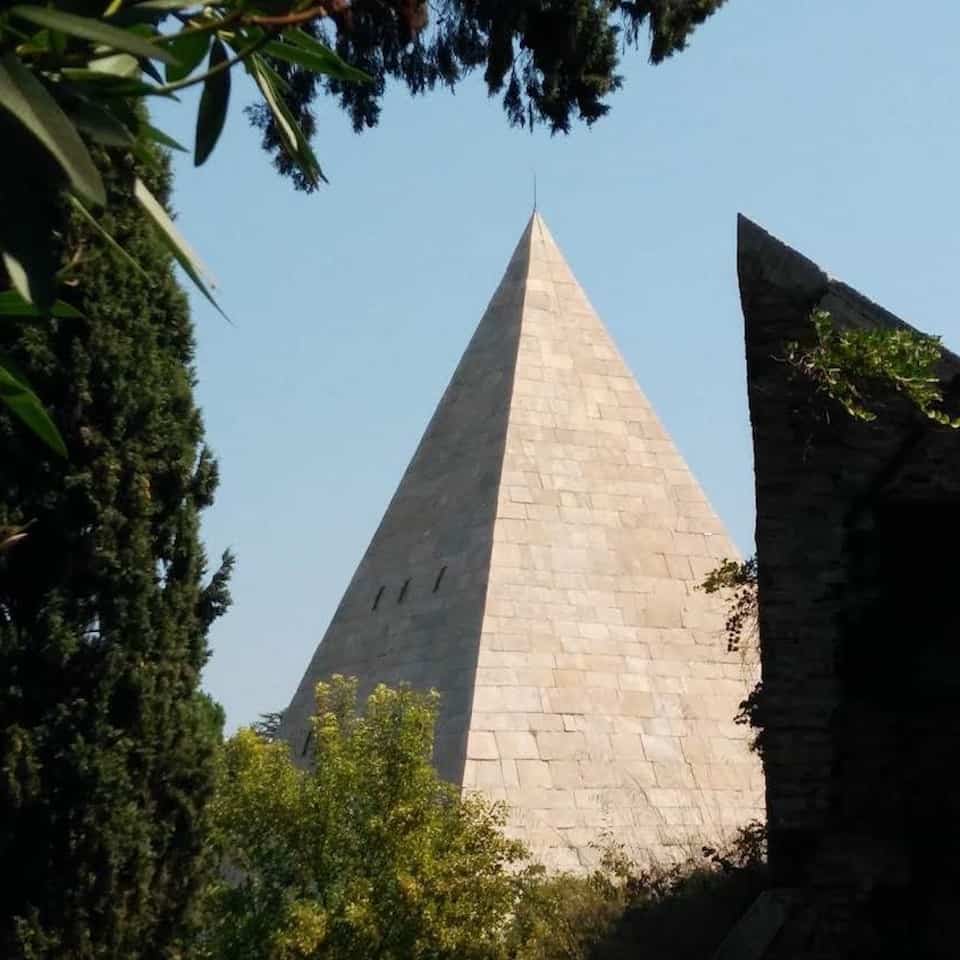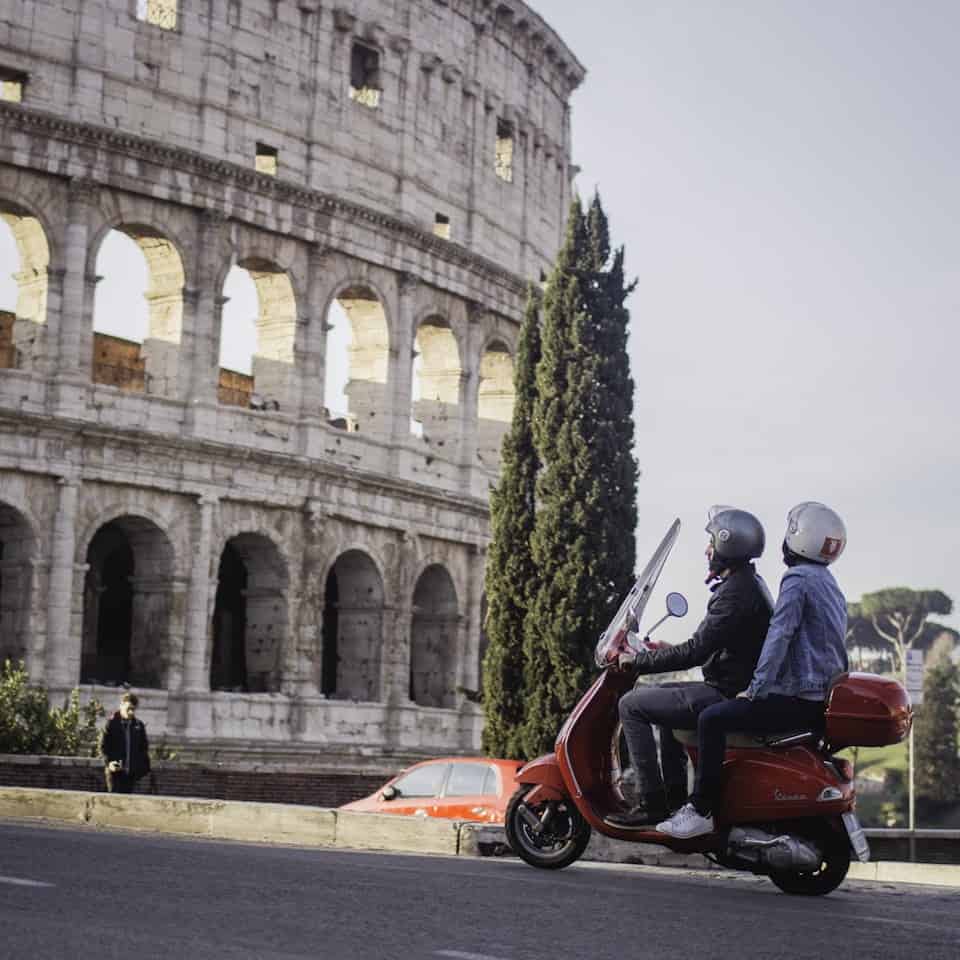Testaccio, village style and cutting edge culture
Testaccio is a hip district south of the Aventine Hill in Rome where locals still sit with a gelato after market-hopping. Although not as well-known as other riverside neighbourhoods such as Trastevere or the Jewish Ghetto, is an area not to be excluded from one’s itineraries.
Once a working-class zone for trade and industry steeped in ancient history, the area has reinvented itself with progressive party organisers and contemporary chic restaurants staking their claim, followed hot on their heels by the city’s best street artists and music lovers of all tastes.
The area’s history is rich and varied. Testaccio hill or monte Testaccio is entirely made of ancient broken earthenware pots or cocci, used for transporting goods such as large quantities of olive oil to the bustling river harbour. The hill was used for many celebrations in the Middle Ages and later as a place of papal ceremonies and its porous structure provided the perfect spot for wine cellars. Now new venues occupy these cellars and many ex-trade buildings and warehouses meld with the quarter’s abundant history. Plus, Testaccio was the neighborhood where the city’s beloved team, AS Roma, had their first football pitch, and where rowdy locals still gather to take in a match.


Testaccio is truly a Roman quarter at heart, rich in history, culinary experiences to be had – the area is now considered one of the bastions of excellence of Roman cuisine – and fantastic places to visit. One of these is the melancholic and beautiful park-like non-Catholic cemetery at Via Caio Cestio, 6. In the shade of the colossal Pyramid of Cestius (another majestic sight!), visitors amble peacefully along the gravel strewn pathways with dozing cats and subtropical plants, eyeing the assorted stepped tombstones and statues. English Romantic Poets and one-time friends Keats and Shelley are both buried here along with countless other noted figures, including the important Italian philosopher, Antonio Gramsci.
The former slaughterhouse, il Mattatoio, now a contemporary and modern art museum, is also an incredible site to visit, along with the Villaggio Globale, a cultural centre home to an artisan and independent designer community and much more, and La Città dell’Altra Economia, a 3,500 square meters of exhibition space, events centre and meeting place to promote organic farming, fair trade and low environmental impact including a library, game room, bio-café and bio-restaurant.


Testaccio is also a food lover’s paradise with both traditional and modern choices. It is famed for its crowded restaurants and traditional Roman food which you can enjoy in local hot spots like Felice, Flavio al velavevodetto along with Volpetti and Pecorino, among many others. The local food market is also definitely unmissable!
In this article, we have put together this article to guide you through your food, drink, and sightseeing options.
The best restaurants and bars in Rome’s Testaccio
What to do and see in Testaccio

Non-Catholic Cemetery
In Testaccio there is a beautiful cemetery, a place of quiet and peace that gently pulls you away from the city traffic. The cemetery is surrounded by greenery, full of stories, poets, philosophers from all over the world who by chance in the course of their lives found themselves in Rome. Among the most famous names are the poets John Keats, and Shelley, and also the great Italian philosopher and politician, Antonio Gramsci. This is an inspiring, eternal place that stands out in the cityscape for its non-Catholic orientation. Not to mention the feline colony living inside the place, which makes it, if possible, even more graceful.

Pyramid of Cestius
The Pyramid Cestia is a Roman tomb in the shape of an Egyptian-style pyramid built in Rome between 18 and 12 BC. It is located in the immediate vicinity of Porta San Paolo and is incorporated in the perimeter of the later non-Catholic cemetery. The tomb cannot be visited at the moment, but if you are in the area it is worth a look, even if only from the outside.

Mattatoio
Piazza Orazio Giustiniani, 4
mattatoioroma.it
For more culture, visit Rome’s former slaughterhouse, il Mattatoio, originally a complex of pavilions used for the slaughter and distribution of meat destined for the capital, and today restored into a majestic architectural piece and used for the exhibition of contemporary art, featuring shows and events all year round.

Città dell’Altra Economia
Largo Dino Frisullo
cittadellaltraeconomia.org
The Città dell’Altra Economia is a mini-city of art, a place of anti-commercial culture within the evocative spaces of the former slaughterhouse (mattatoio). Its goal is to create solidarity among people with a common interest in low environmental impact. The complex covers 3,500 square metres where organic farming and fair trade markets are held; training workshops; and also concerts, festivals and parties. In addition, within the Città dell’Altra Economia there are also a cafe and restaurant which offer lunches and happy hours with organic products.

Villaggio Globale
Lungotevere Testaccio, 1
facebook.com/villaggiooooglobale/
The Villaggio Globale is a bastion of underground culture for those who grew up in Rome, a former music venue, a cultural and social centre and a place of creativity and community – where independent artisans and designers from all over the world, often following migratory flows, produce and display their art. A place definitely off the beaten path, interesting, and well worth a visit.

Teatro Vittoria
Piazza Santa Maria Liberatrice, 10
teatrovittoria.it
The Teatro Vittoria is part of the cultural heart of the neighbourhood. Active for more than a century, it continues to entertain residents and passers-by in the neighbourhood with sophisticated shows. “Laughter with class” say the reviewers, “professionalism of the highest order”, “programmes that are never banal and intelligent”… and what a joy it is to go to the theatre!
















